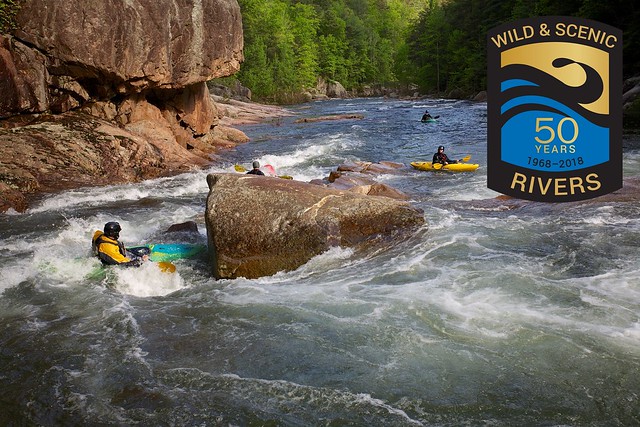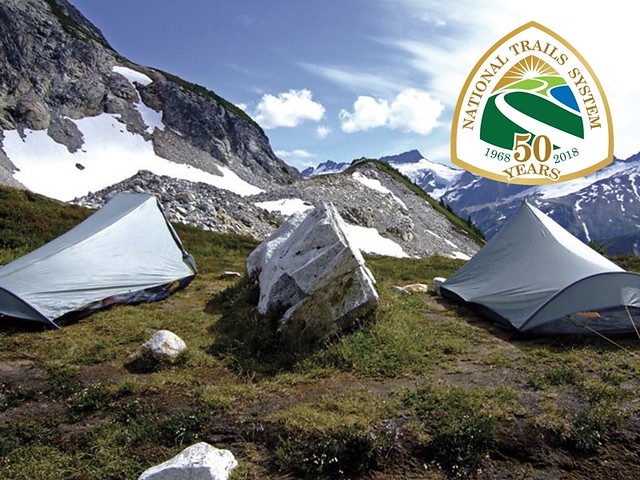
Fifty years ago, President Lyndon Johnson signed into law two landmark pieces of legislation: the National Wild and Scenic Rivers Act and the National Trails System Act.
These Acts created the system of rivers and trails that Americans and visitors from around the world enjoy to this day.
The Wild and Scenic Rivers Act was borne out of concern over increasing development, namely hydroelectric dams, on American rivers. The act protects designated rivers and river segments from development that would change their free-flowing, wild, or scenic nature.
Today, there are more than 12,700 miles of rivers and streams designated as wild and scenic. As a matter of perspective, this is less than three percent of the 600,000 miles of American rivers that have been modified by large dams. Out of the total designated miles of rivers, the Forest Service manages 5,000 — more than any other federal agency.
“Wild and scenic rivers are an iconic piece of our public lands heritage,” said Acting Deputy Chief Chris French. “It is important that these wild and free-flowing rivers are carefully stewarded on behalf of generations to come.”
While visitors from around the world are drawn to the very values that the Act was created to protect, the Act has also proven its economic value as well. Outdoor recreation in America supports more than seven million jobs and accounts for hundreds of billions of dollars in spending. River recreation accounts for up to a third of that spending.
The National Trails System Act has generated similar returns on the investment, including more than $9 billion in annual visitor spending and 143,000 jobs supported by recreation and tourism. This Act created a system of national trails to promote access to the great outdoors in America. The rational was: if people had access to America’s great scenic, historic, or recreational resources, appreciation would follow, along with a preservation ethic.
The Forest Service manages 158,000 miles of trails in total — the largest managed trails system in the country. Out of those miles, 60,000 are national scenic, historic, and recreational trails.
“These trails connect people to the sights, sounds, and experiences of the nation’s great public lands,” said French. “They connect people with their community, with their heritage, and most importantly, with each other.”




